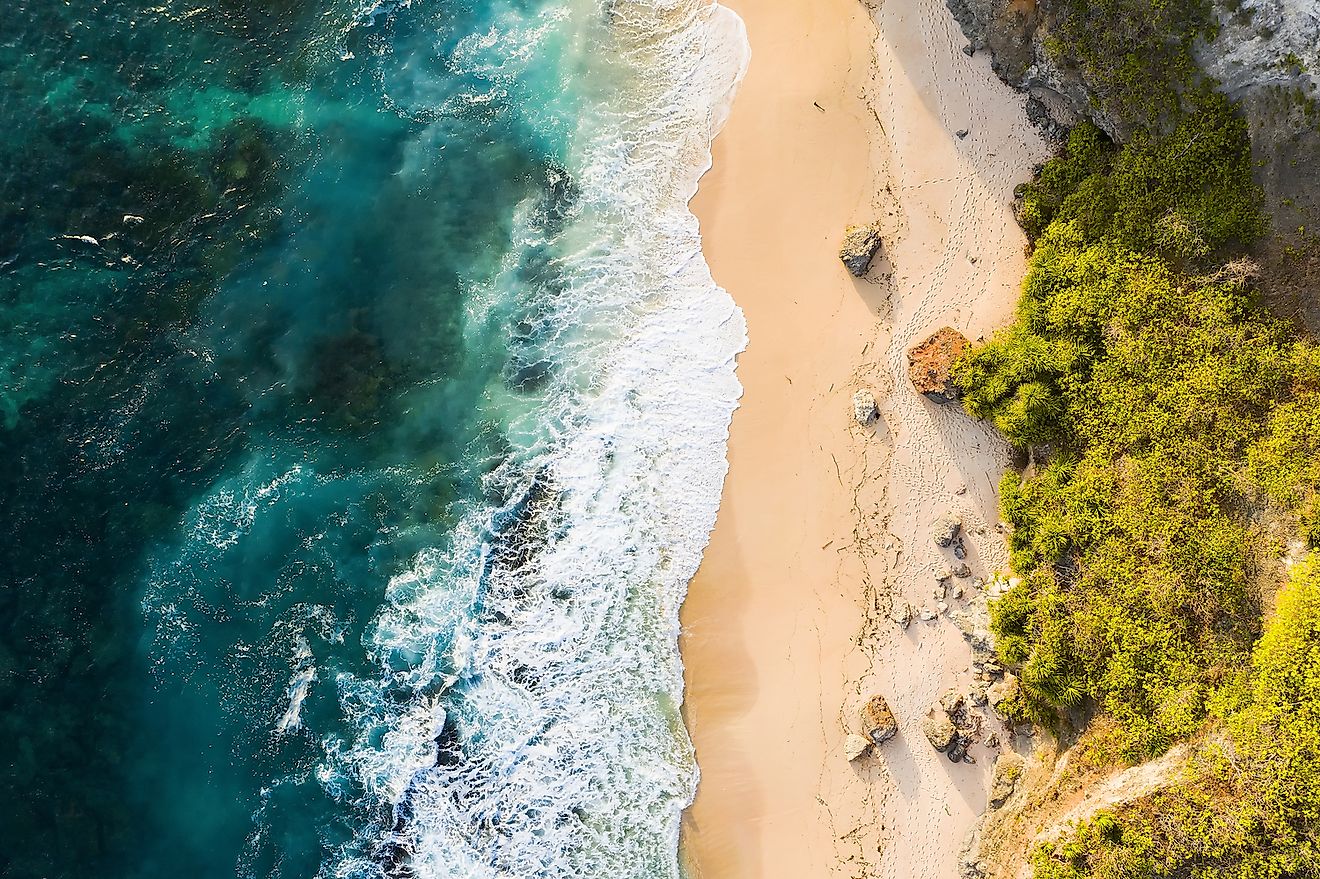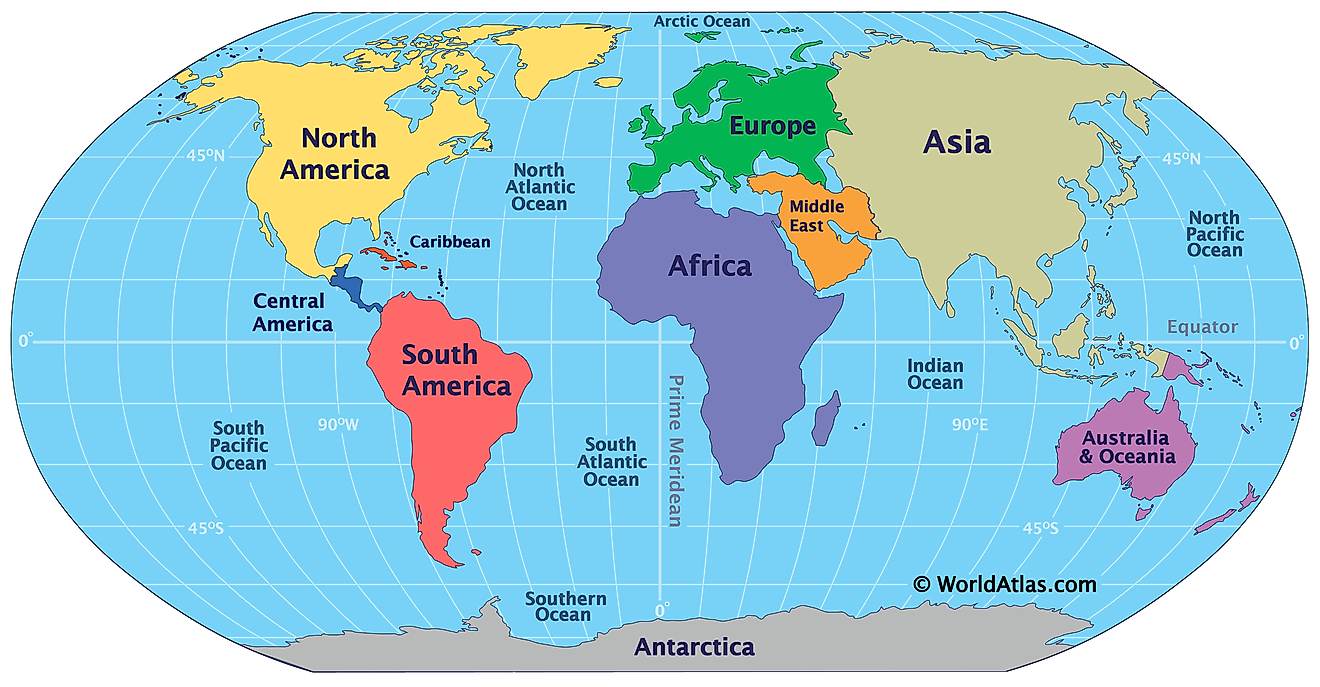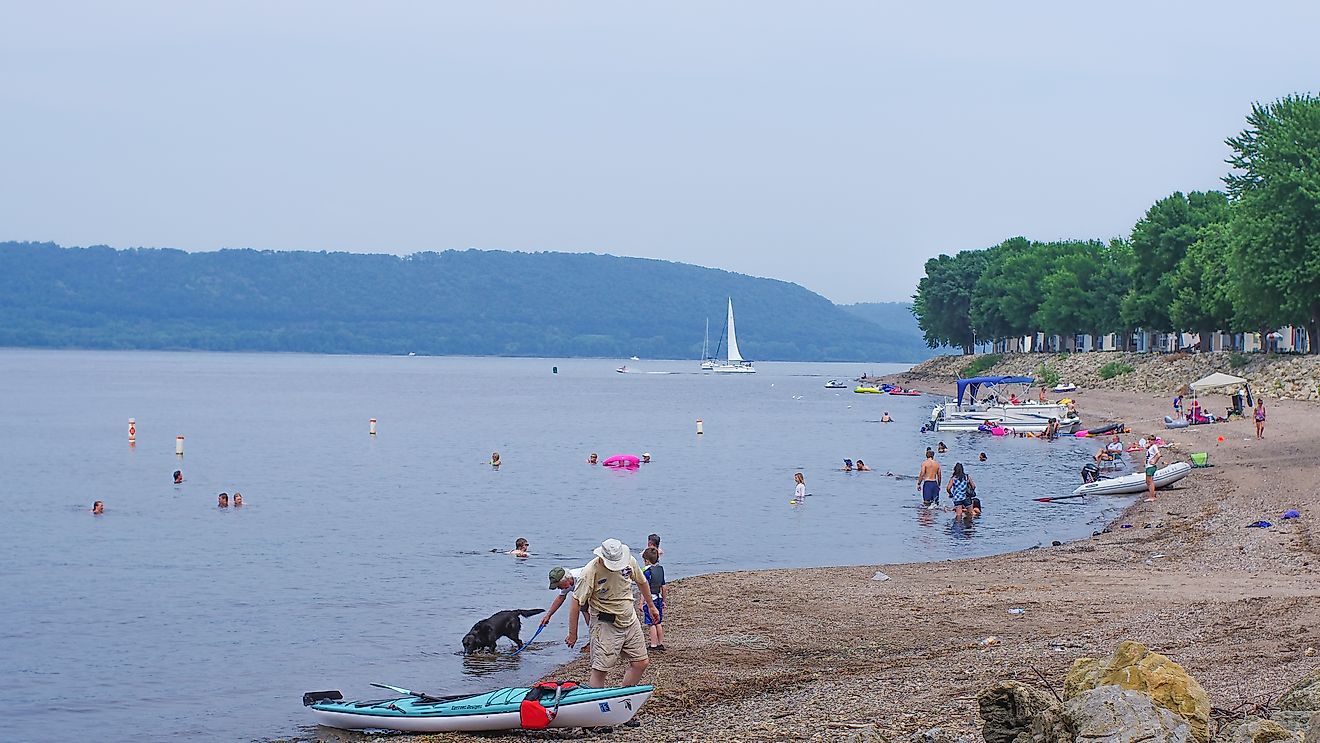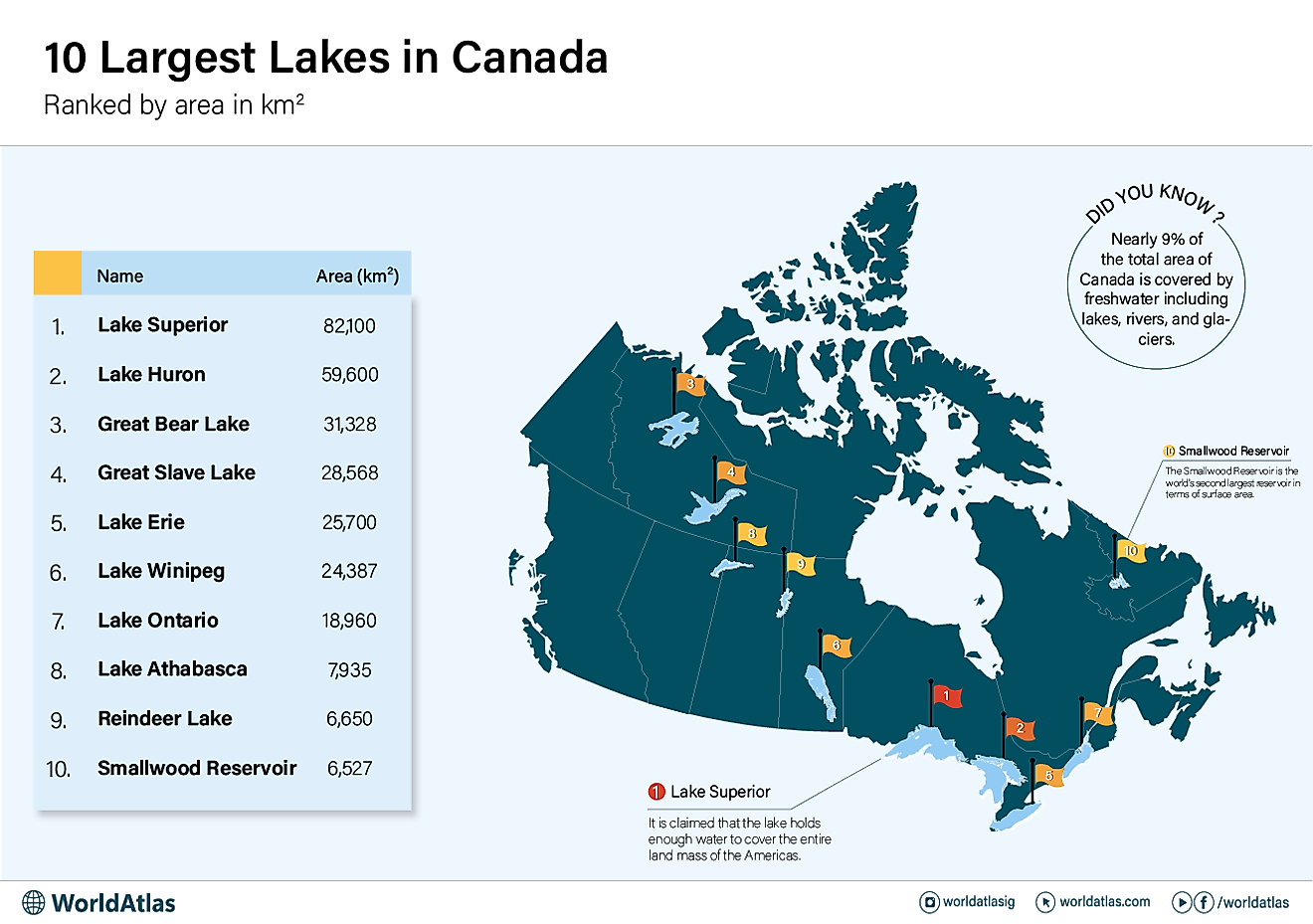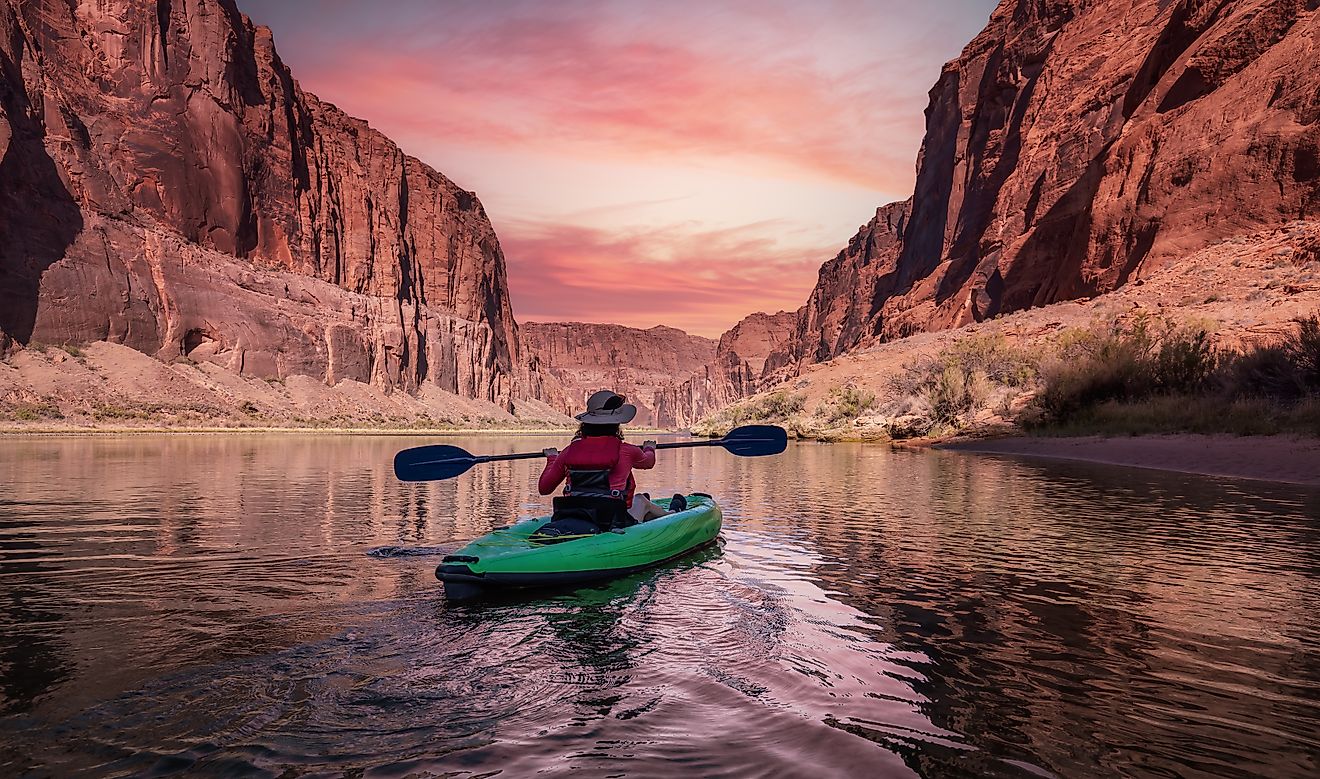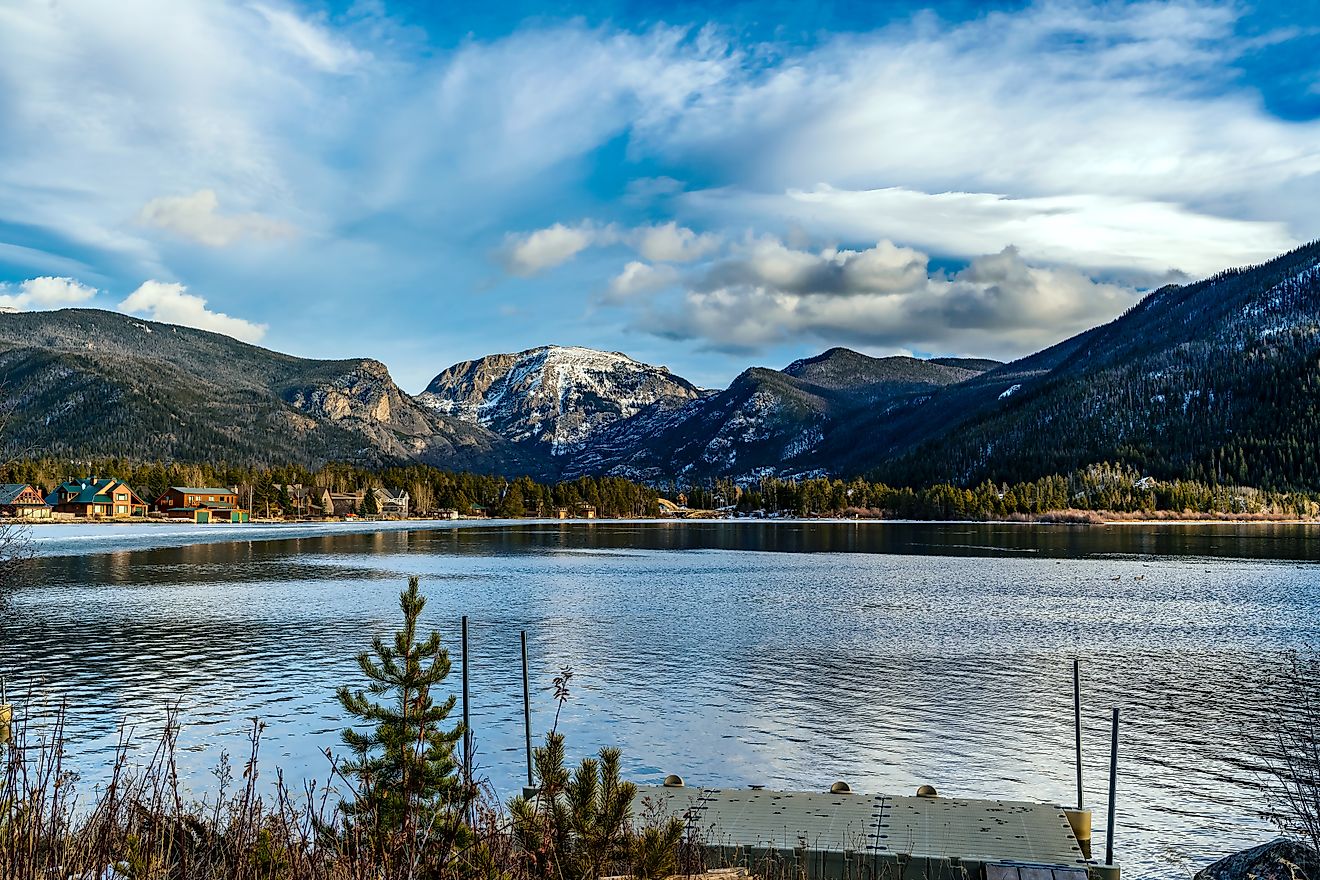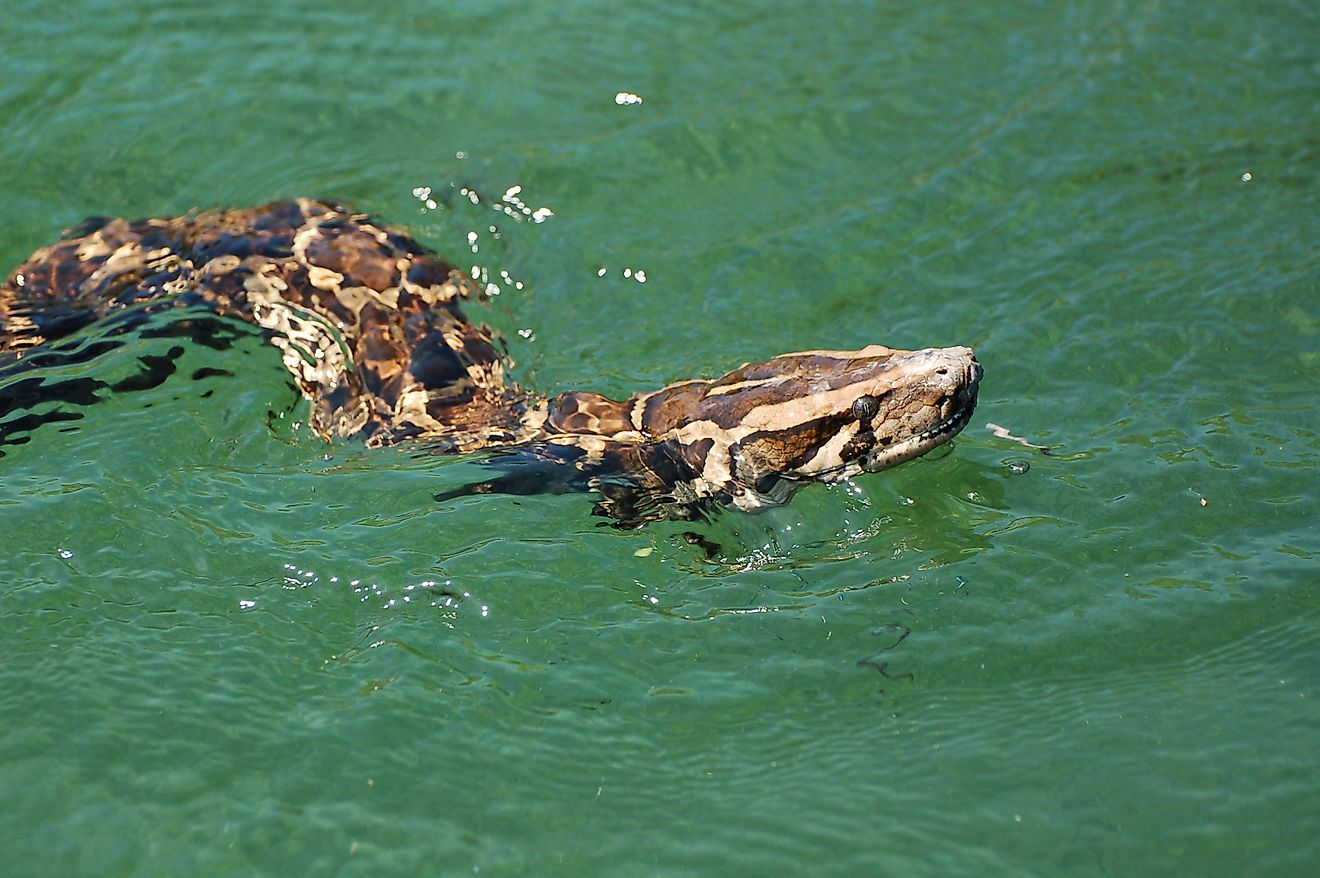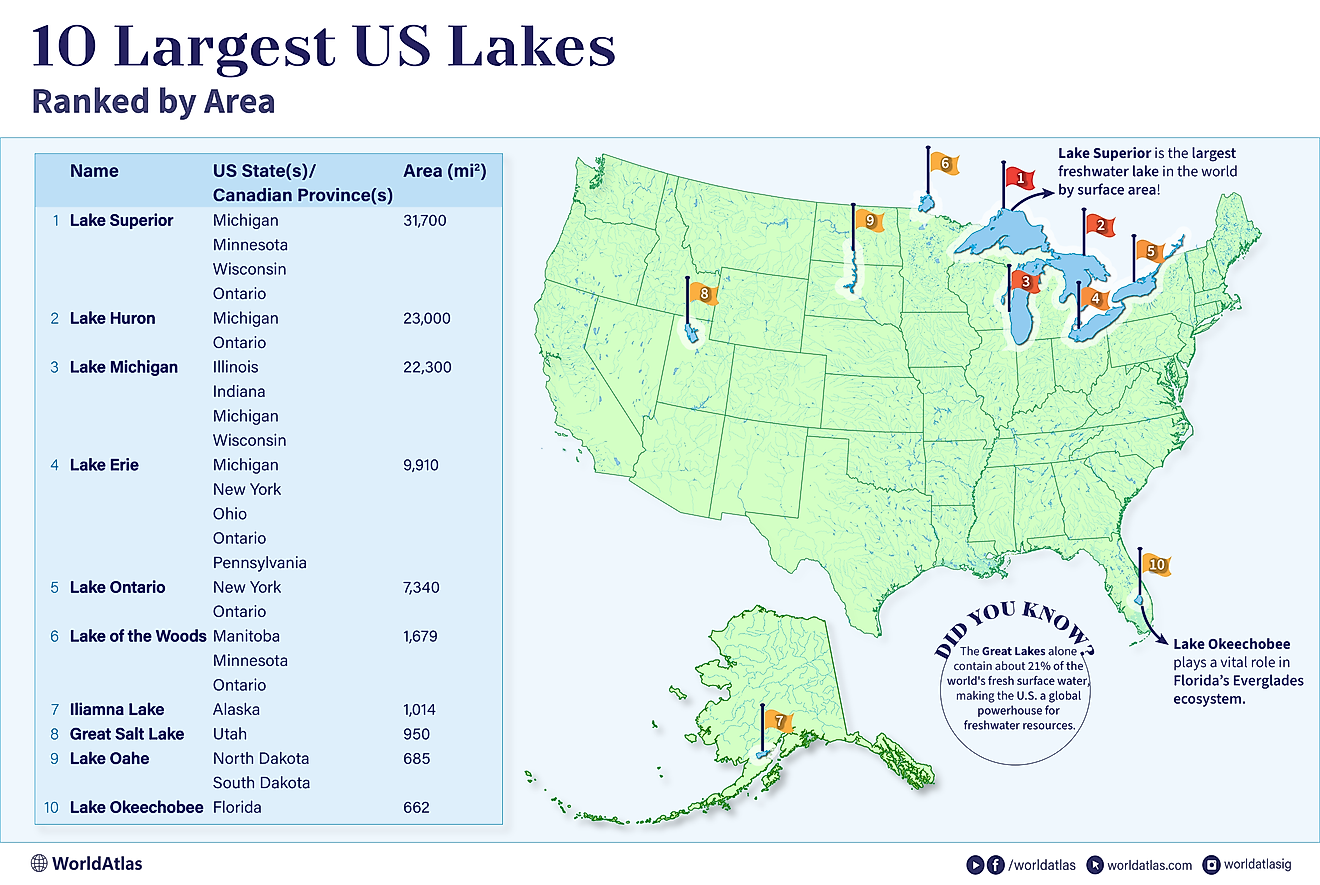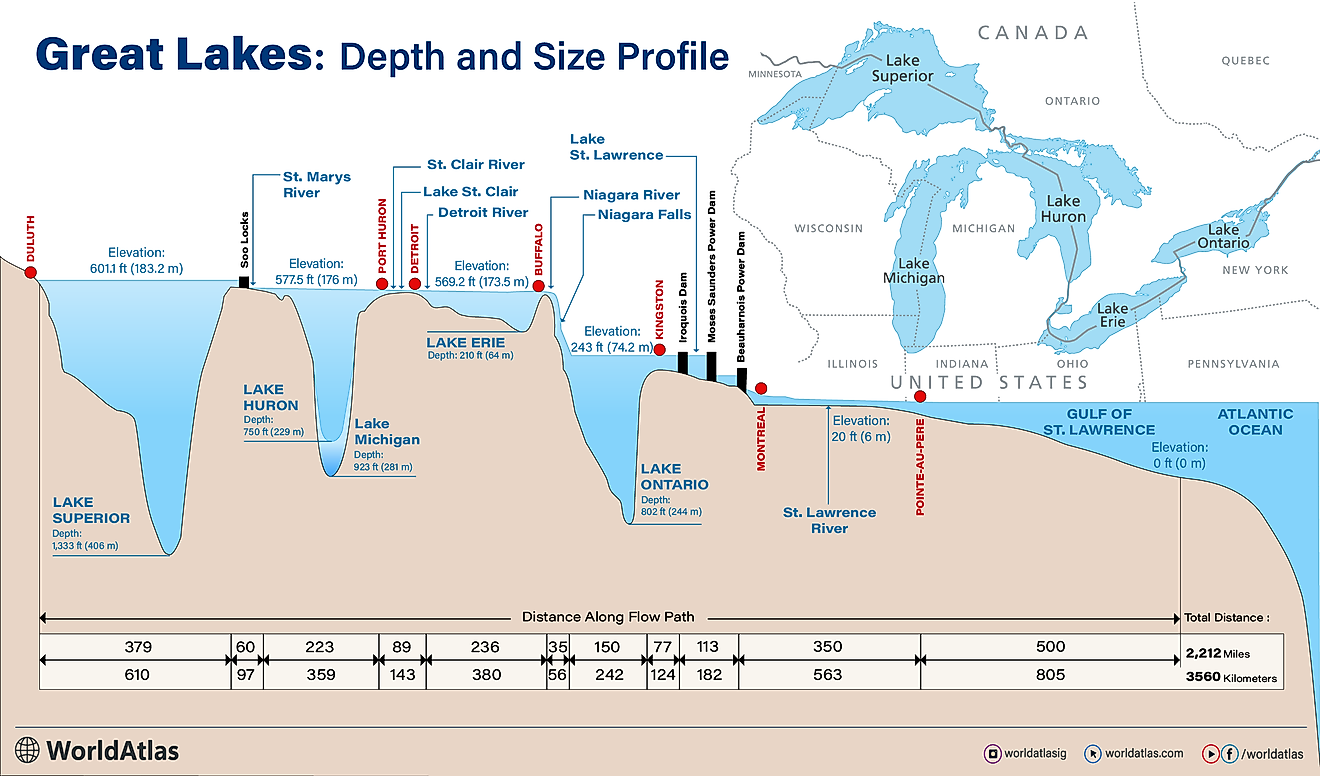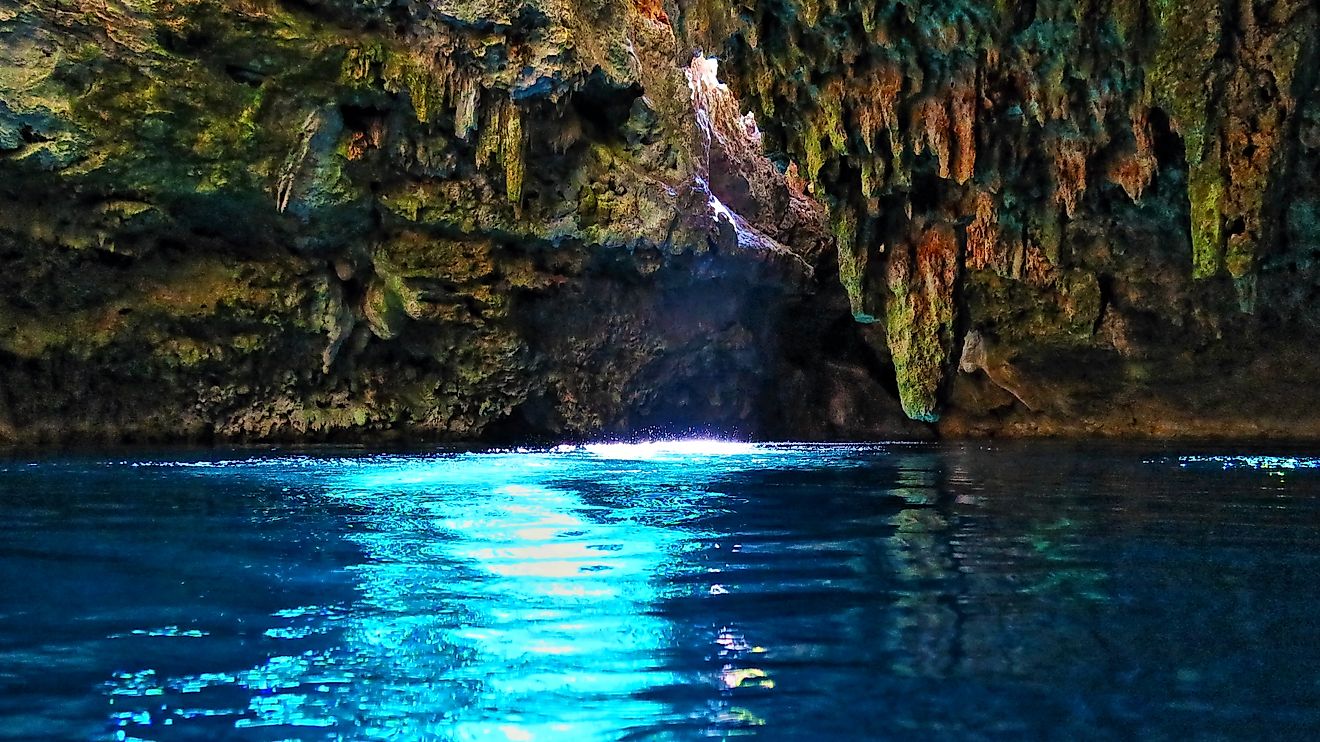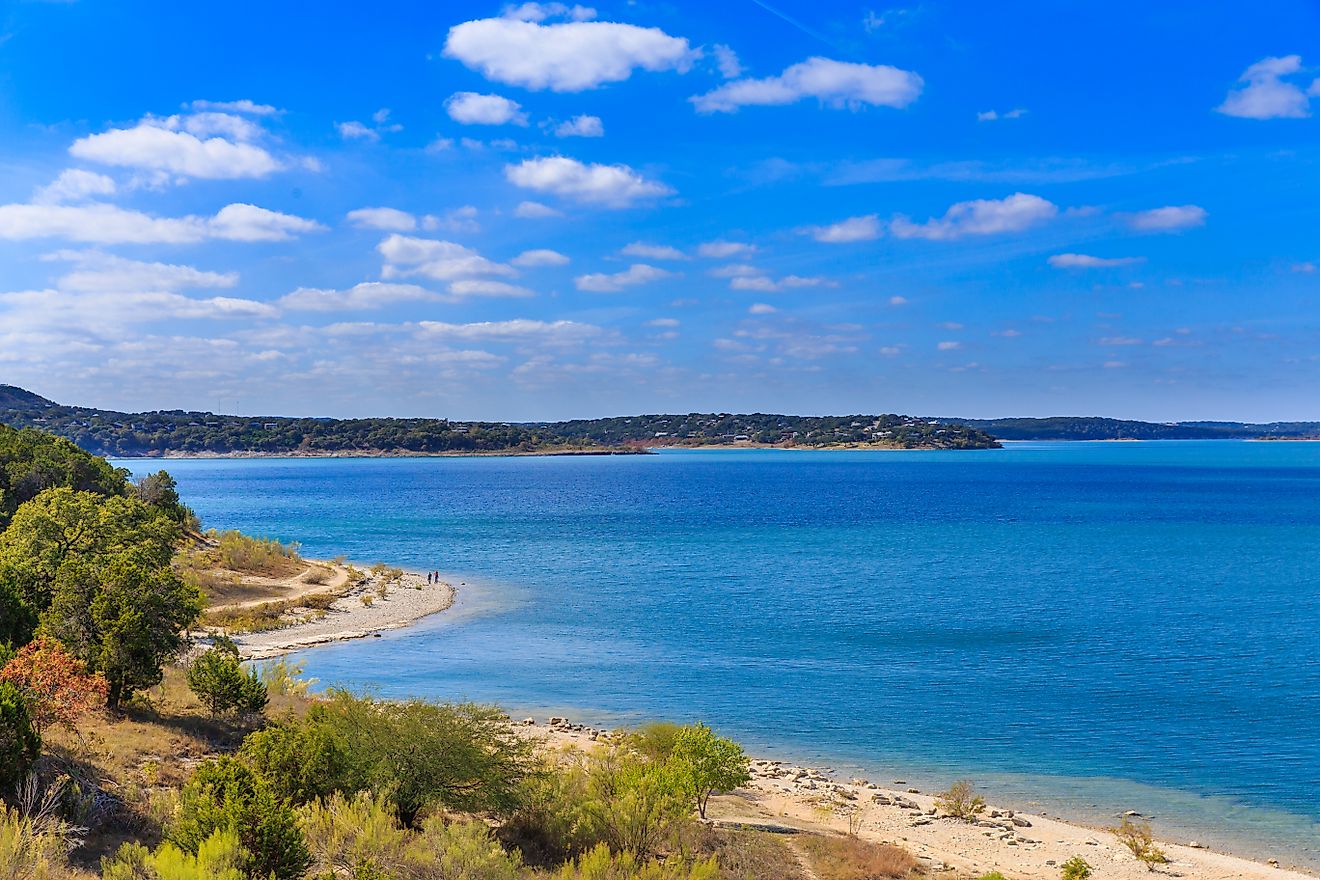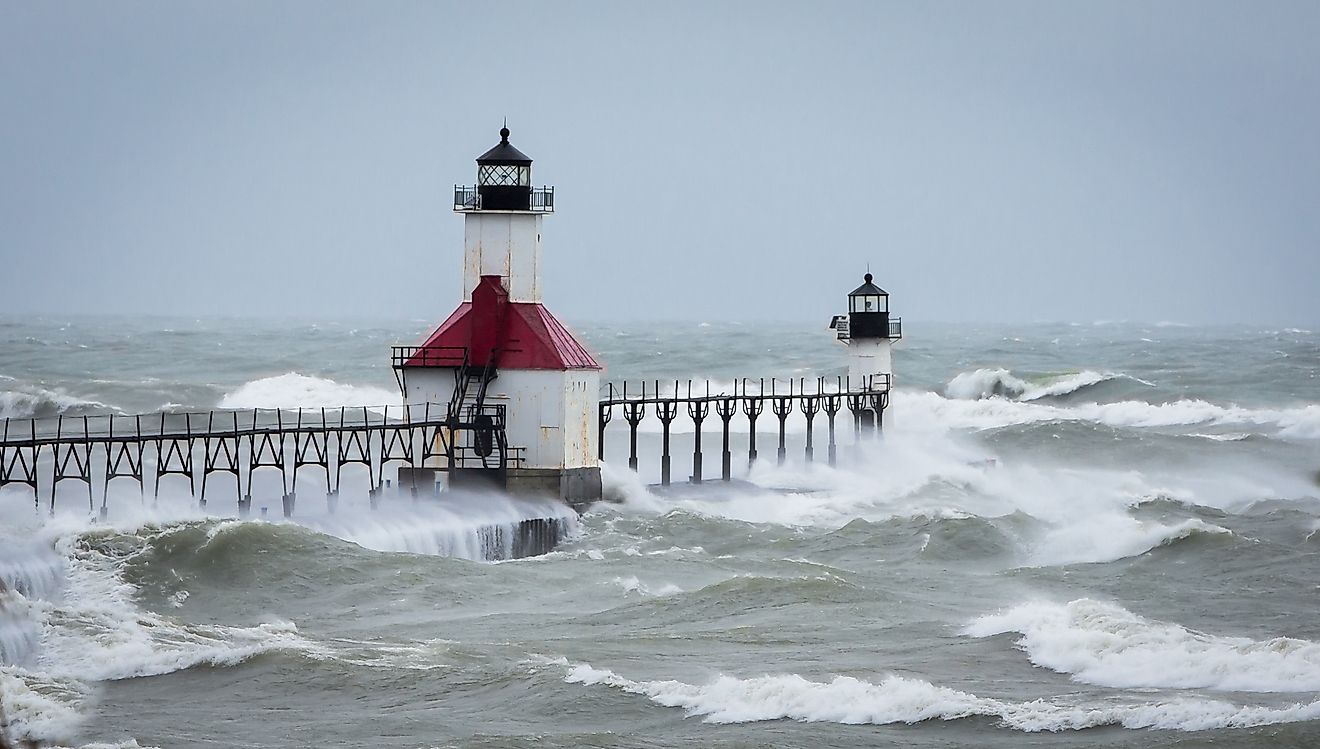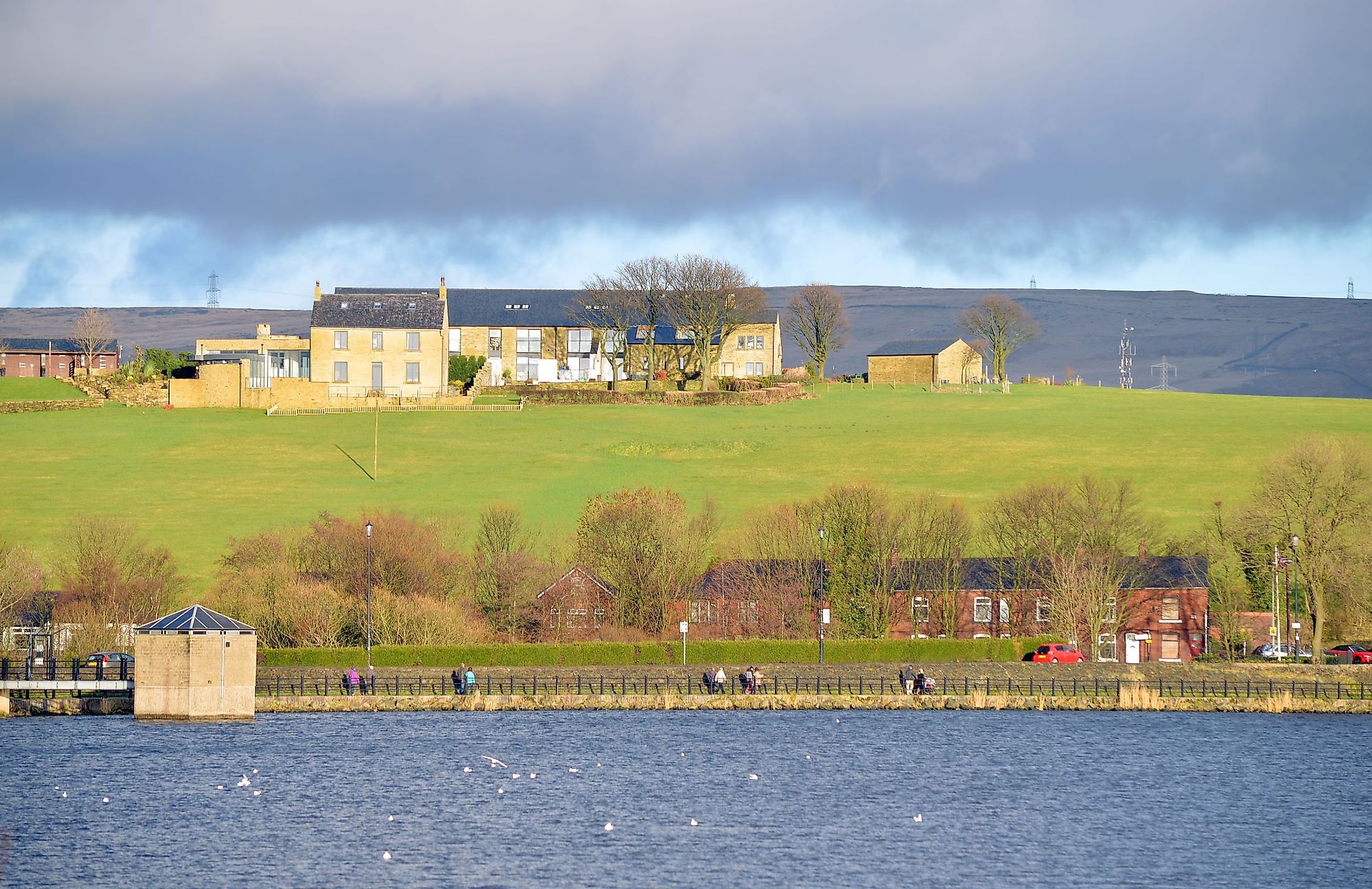
Hollingworth Lake
Hollingworth Lake is a reservoir located in Smithy Bridge, England, spanning 0.53 sq.km. The lake, completed in the early 19th century, was originally constructed to feed the Rochdale Canal, which was completed and opened four years later. Fifty years later, the lake has become a major tourist attraction and developed into a tourist resort. The arrival of the railways in the area in 1839 opened it to hundreds of daily visitors from the surrounding communities like Leeds, Manchester, and Bradford. Upon completion, the lake had a capacity of 1.5 million cubic meters of water. Hollingworth Lake supports several watersports and outdoor activities, including kayaking, sailing, canoeing, rock climbing, and rowing.
Location
Hollingworth Lake is one of the many reservoirs in North West England, located in Littleborough in northeastern Greater Manchester. The lake was constructed on the southern side of Littleborough at Smithy Bridge in the larger Rochdale town. It is one of the 15 reservoirs in Rochdale. Hollingworth Lake is bounded on the south by Halifax Road and north by M62 motorway. It can be accessed from B6225 which branches off at the junction of A6033 and the Halifax. The lake is located to the southwest of Blackstone Reservoir, west of Green Withens Watersport Center, north of Piethorne, Kitcliffe, and Ogden Reservoirs, and southeast of Clegghall Fisheries.
Description
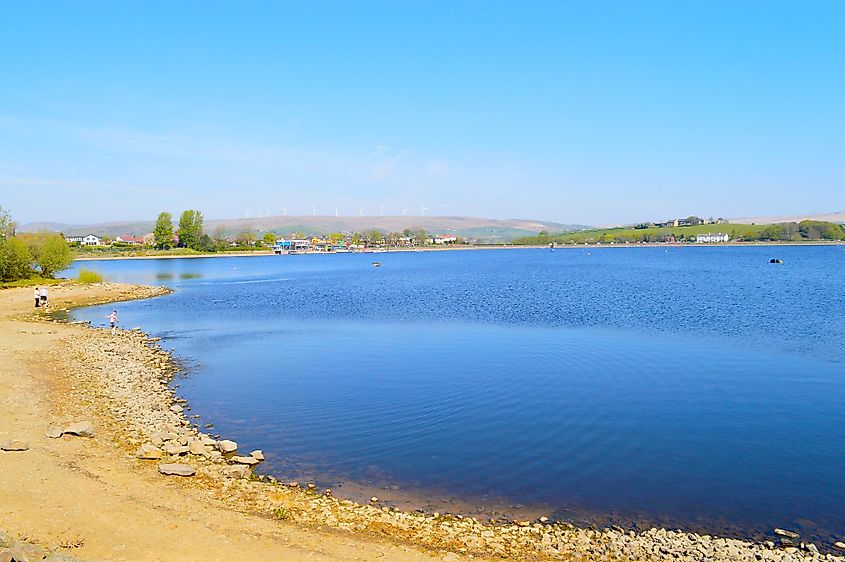
Hollingworth Lake is one of the largest and prettiest lakes in Greater Manchester. The over 200-year-old lake covers approximately 0.53 sq.km. Originally, the lake was 7.6 meters deep and had a mean depth of 3 meters. The distance around the lake (shoreline) was approximately 4 kilometers at the time of completion. The lake was constructed to hold approximately 1.5 million cubic meters of water. Hollingworth Lake comprises three embankments. Hollingworth Bank, which is the main embankment, is 11 meters high and 200 meters long. The Fen Bank is 9 meters high and 200 meters long, while the third embankment, known as Shaw Moss Bank, rises 8 meters high and is 130 meters long. The lake is located at an elevation of 170 meters above sea level. Although several streams and brooks feed into Hollingworth Lake, the primary inflow is Longden End Brook, while the Hollingworth Brook is the principal stream flowing out of the lake.
History and Construction
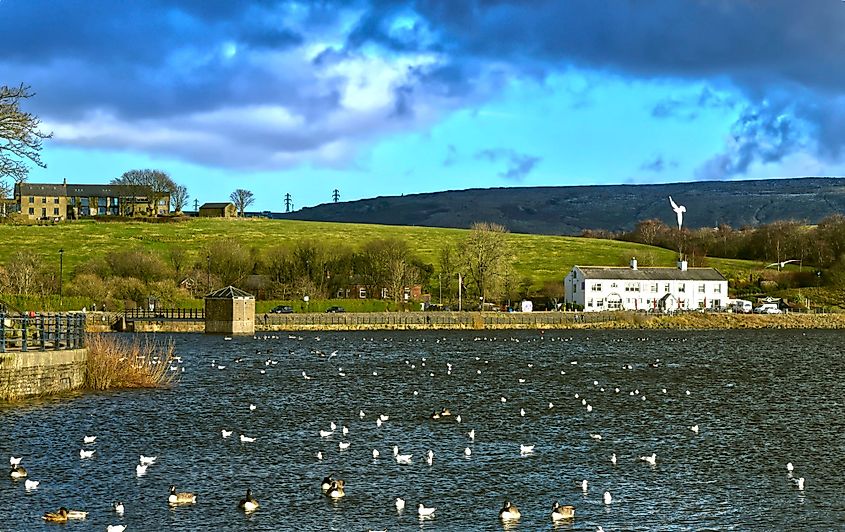
Although Hollingworth Lake is 221 years old (as of 2021), its history begins long before its construction. The idea of creating the Rochdale Canal and a reservoir to feed it was in late 1776 by a group of 48 men from Rochdale. The men had raised 237 pounds and requested James Brindley to help them survey for the shortest possible route between Manchester and Sowerby Bridge. In 1791, John Rennie was tasked with finding another route that could branch to Oldham, Rochdale, and Todmorden. The first bill for the canal’s construction was presented to the Parliament in 1792, but the legislatures rejected it after mill owners opposed the project, claiming it would interfere with a water supply and affect 59 mills. Later that year, John Longbotham and William Crosley surveyed the area for a suitable location for a reservoir. The bill, sanctioning the canal’s construction, was obtained in 1794. The canal’s construction commenced immediately, with the first Rochdale Branch completed in 1798. Several reservoirs were built on the Blackstone edge, including the White Holme Reservoir in Summit village. However, the most famous dam constructed to feed the canal was Hollingworth Lodge, located a short distance from the canal. The reservoir was initially referred to as a Lodge because it was a water storage area. The name later changed to Hollingworth Lake. The reservoir’s construction proved challenging because of the lack of natural depression. The usual method of constructing a reservoir at the mouth of a river valley could not be applied in this case. Rather, three embankments, Hollingworth, Fen, and Shaw Moss, were constructed to hold the water. The construction work was completed in 1800, with the resulting lake covering 0.53 sq.km, including about 0.16 sq.km of marshland in Rakewood.
Use and Decline
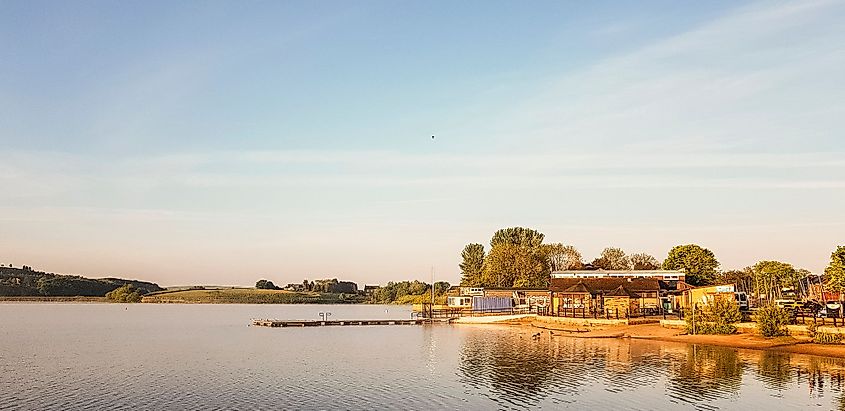
Several mill owners near the canal benefitted from Hollingworth Lake when the dam was completed. The reservoir supplied water to the cotton mills, other new factories, and railway and reservoir workers. It also served as a perfect location to walk. By the mid-19th century, the population around Rochdale had grown and the lake became a major recreational area, especially for daytime visitors.
Henry Newell - the Herehill Wollen Mill’s owner, leased land around the lake from Rochdale Canal Company to develop and provide services to the tourists visiting the area. Boating became the first development in the lake. Soon after, hotels and restaurants began coming up along the lake shores, with Lake Hotel and Beach Hotel as the first. The Beach Hotel still exists along the lake. Other hotels included Pleasure Gardens, Mermaid Hotel, Queens Hotel, and Lodge Inn. By the end of the 19th century, the railway had reached the area, making traveling much easier for most people. The lake’s attraction began diminishing in the early 20th century, with several hotels closing down. The lake was in a serious decline by the beginning of World War I. The Manchester Regiment briefly set base near the lake, improving activities around the area. However, the lake continued declining after the War. The local authorities purchased Hollingworth Lake and seven other reservoirs in 1923 and used them for public water supply.
Activities and Tragedies
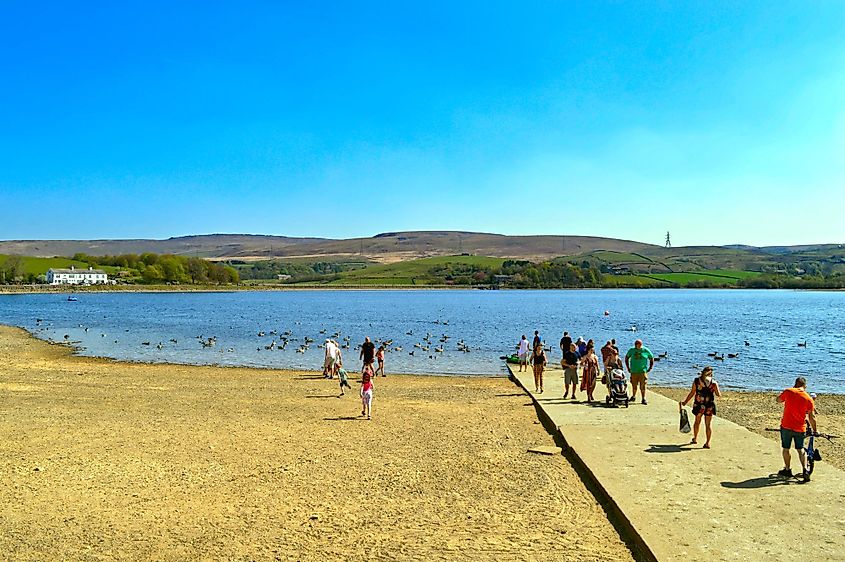
Hollingworth Lake is a wildlife sanctuary and a recreational destination in the Greater Manchester region. It is one of the main attractions in Country Park and is popular for watersports like rowing, rafting, swimming, canoeing, windsurfing, sailing, and fishing. The Hollingworth Lake Activity Center also trains people in various outdoor activities, including kayaking and powerboating. The lake also boasts of a 4-km scenic walk that allows visitors to experience the nature around the reservoir. The lake has had a fair share of tragedies in its over two centuries of existence. The first recorded tragedy was in the 1850s when several people drowned under the ice. In 1861, two boats collided, killing 13 people. On another occasion, a frightened horse threw a cab into the water, drowning two people.
